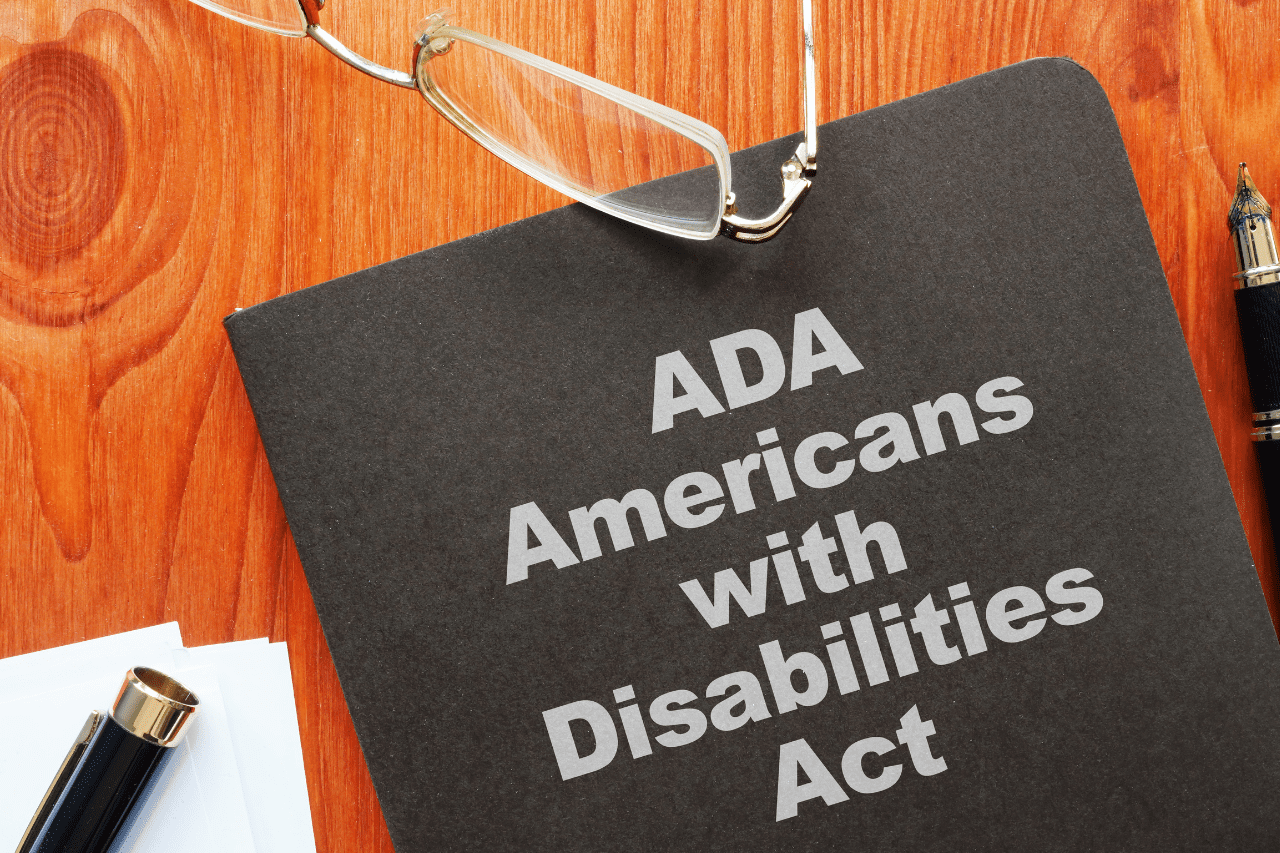Understanding ADA Compliance for Business Owners

In today’s diverse society, it’s crucial for businesses to prioritize accessibility for all. The Americans with Disabilities Act (ADA) was enacted in 1990 to ensure that people with disabilities have equal access to public spaces, including businesses. One essential aspect of ADA compliance is ADA signage. Let’s discuss ADA compliance for business owners, with a focus on ADA signage.
What is ADA Compliance?
ADA compliance refers to adhering to the regulations set forth in the Americans with Disabilities Act. This federal law prohibits discrimination against individuals with disabilities in various aspects of public life, including employment, transportation, and access to public places. For business owners, ADA compliance means ensuring that their facilities and services are accessible to everyone, regardless of their physical or cognitive abilities.
The Importance of ADA Signage
ADA signage plays a pivotal role in making your business accessible. Here’s why:
Information Accessibility
ADA signs provide vital information in a format accessible to all. Braille and tactile signage assist individuals with visual impairments in navigating your premises. Clear, easy-to-read fonts and high-contrast colors benefit those with cognitive disabilities.
Legal Compliance
Failure to comply with ADA signage requirements can result in legal consequences and fines. Ensuring your business has the right signage helps you avoid legal issues and shows your commitment to inclusivity.
Enhanced Customer Experience
Accessible signage enhances the overall customer experience. It demonstrates your dedication to serving all customers, which can foster loyalty and positive word-of-mouth.
Inclusivity and Respect
ADA signage promotes inclusivity and respect for diversity. It sends a powerful message that your business values and welcomes everyone.
ADA Signage Requirements
To meet ADA signage requirements, consider the following:
- Placement and Height: ADA signs should be mounted at specific heights and locations to ensure visibility and accessibility.
- Braille and Tactile Features: Signs should include Grade 2 Braille and tactile characters that meet specific size and spacing standards.
- Color Contrast: Ensure sufficient contrast between background and text colors to aid readability.
- Pictograms: Utilize universally recognized pictograms to convey information non-verbally.
Choosing the Right ADA Signage: Identity Group
When selecting ADA signage for your business, it’s essential to partner with a reputable supplier. Identity Group is a trusted provider of ADA-compliant signage solutions. Our commitment to quality and compliance ensures that your business meets all ADA requirements.
ADA compliance is not just a legal requirement; it’s a step towards creating an inclusive and welcoming environment for all customers. By understanding and implementing ADA signage correctly, business owners can ensure they are contributing to a more accessible and equitable society. Embrace ADA compliance, and your business will not only thrive but also make a positive impact on the lives of individuals with disabilities.
To explore ADA signage solutions and enhance your business’s accessibility, visit us at Identity Group!
